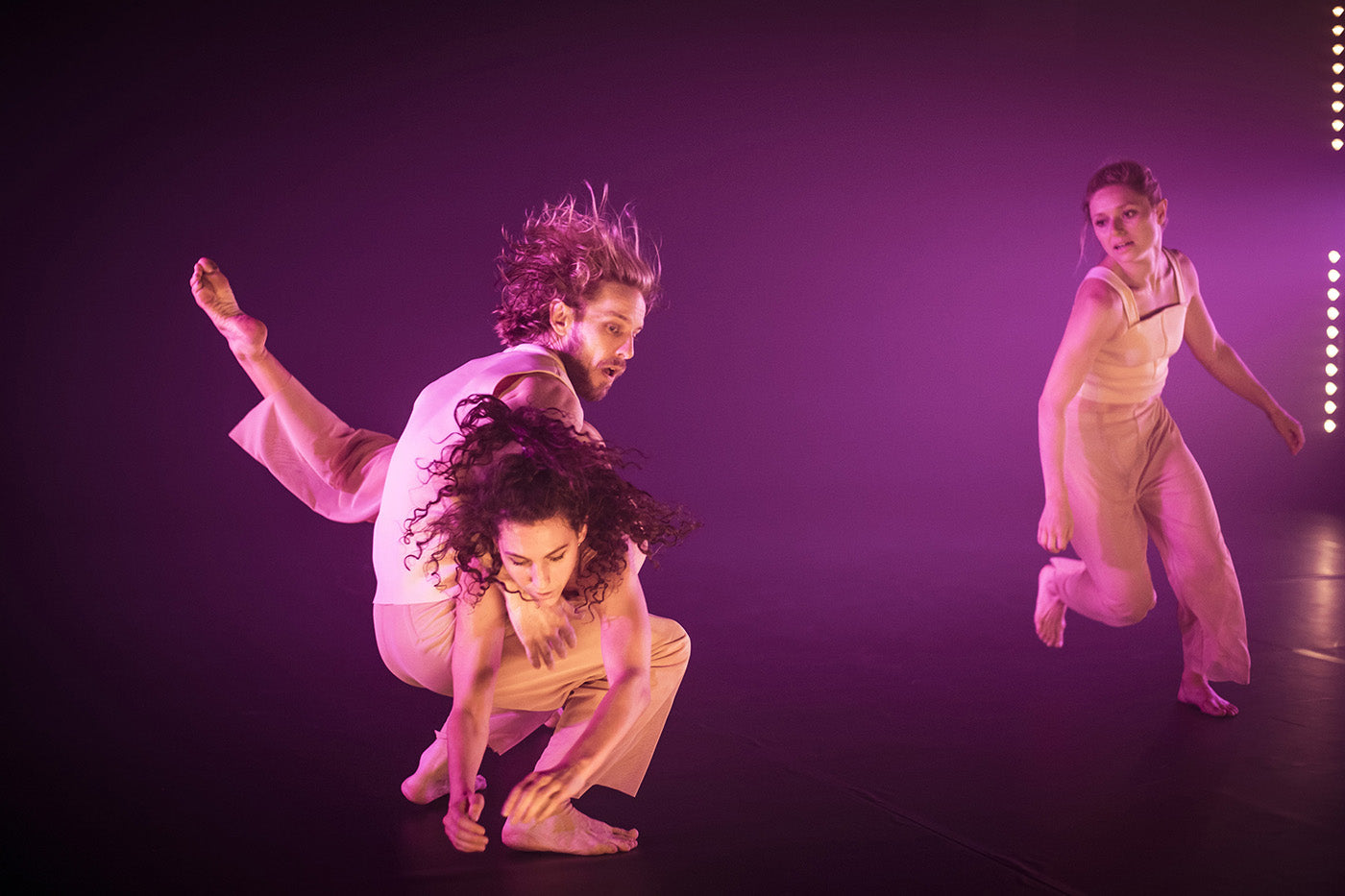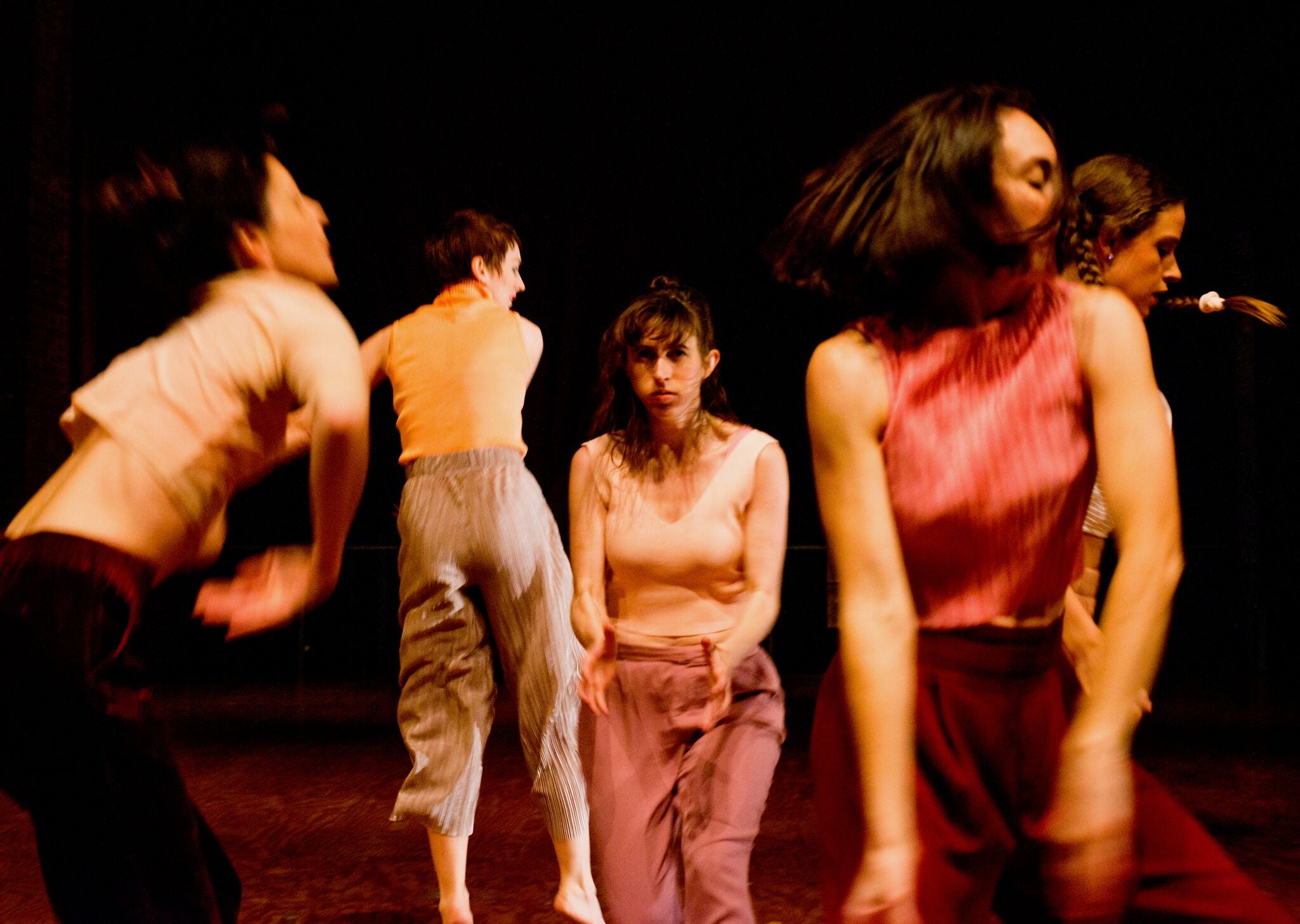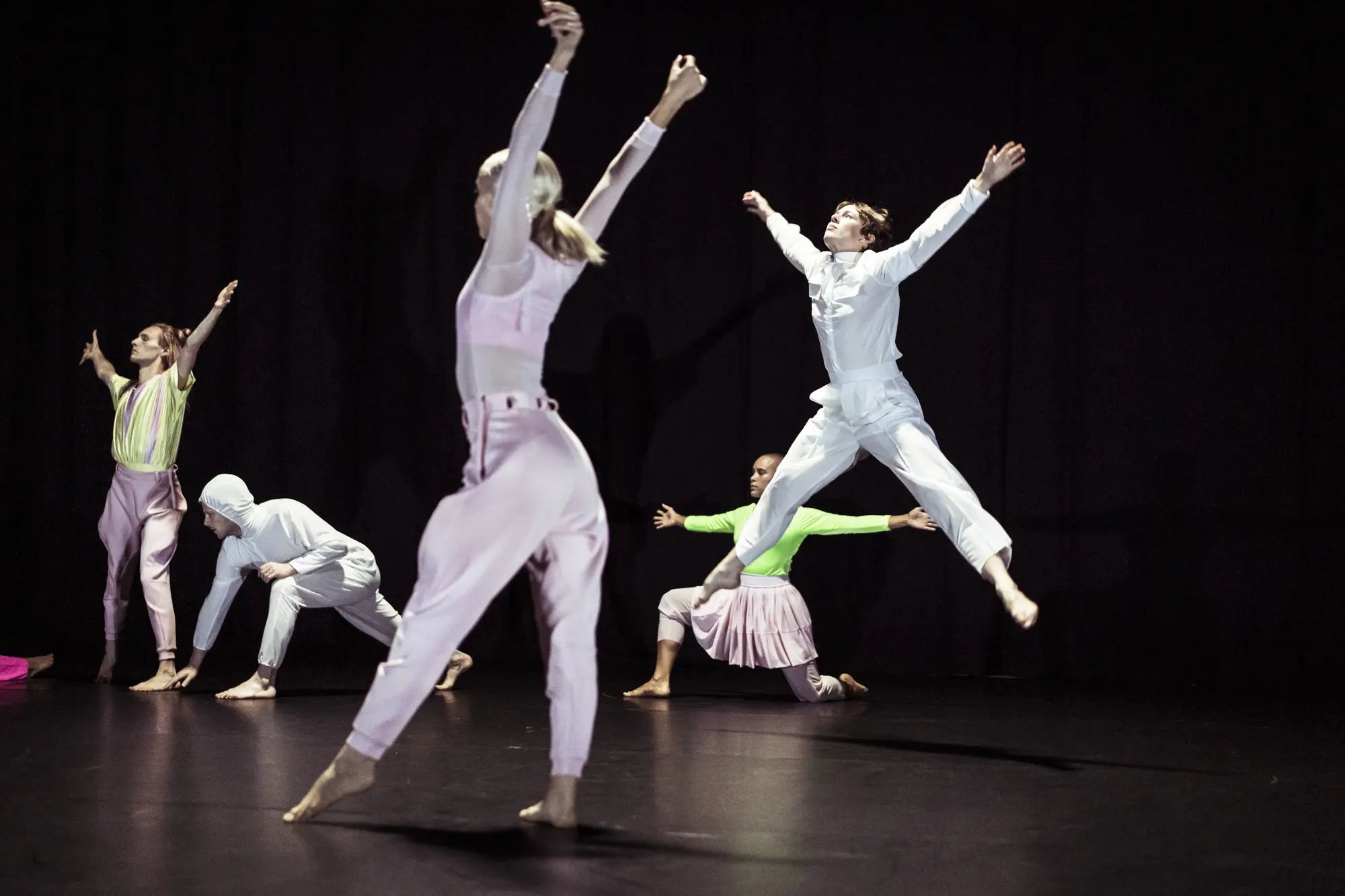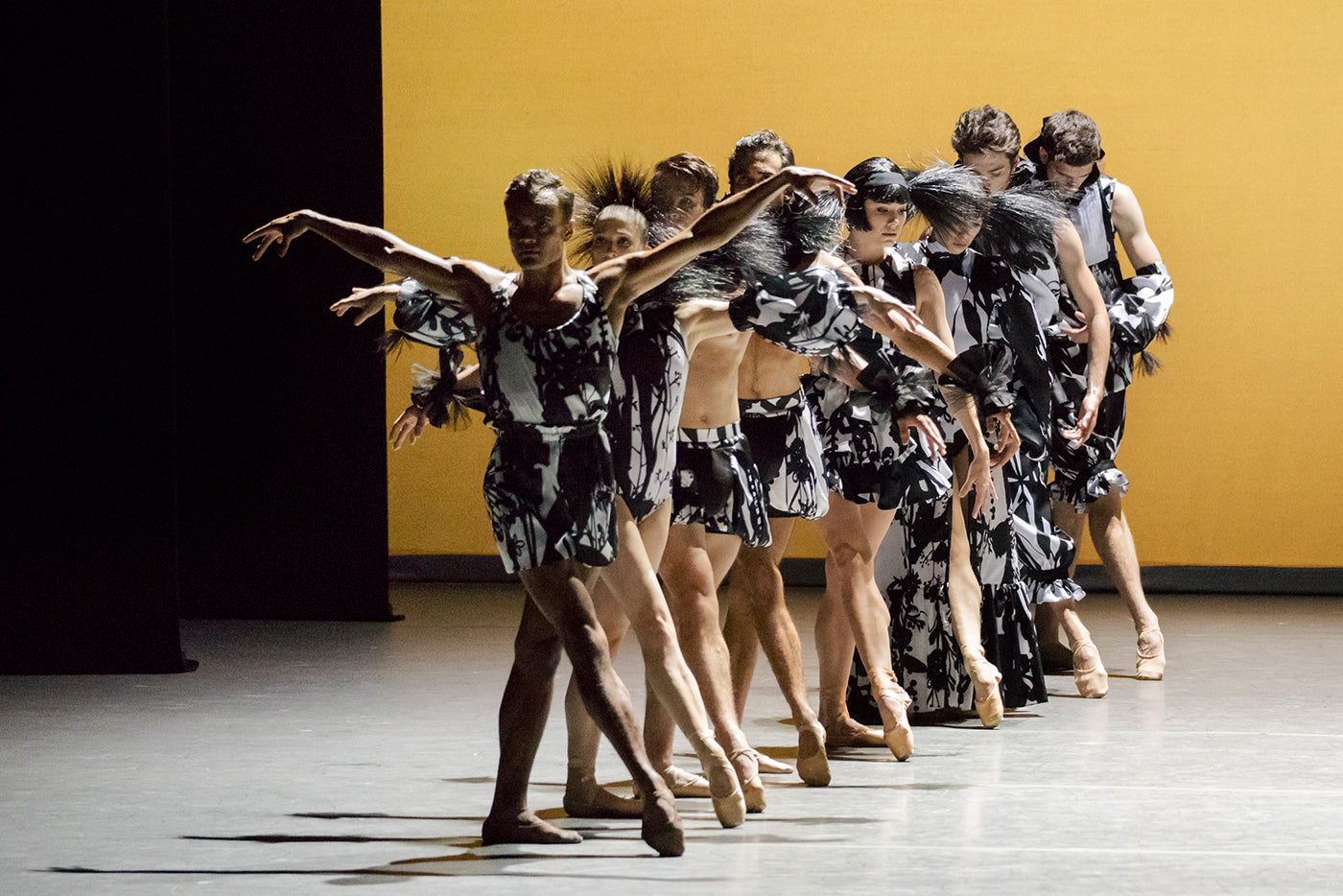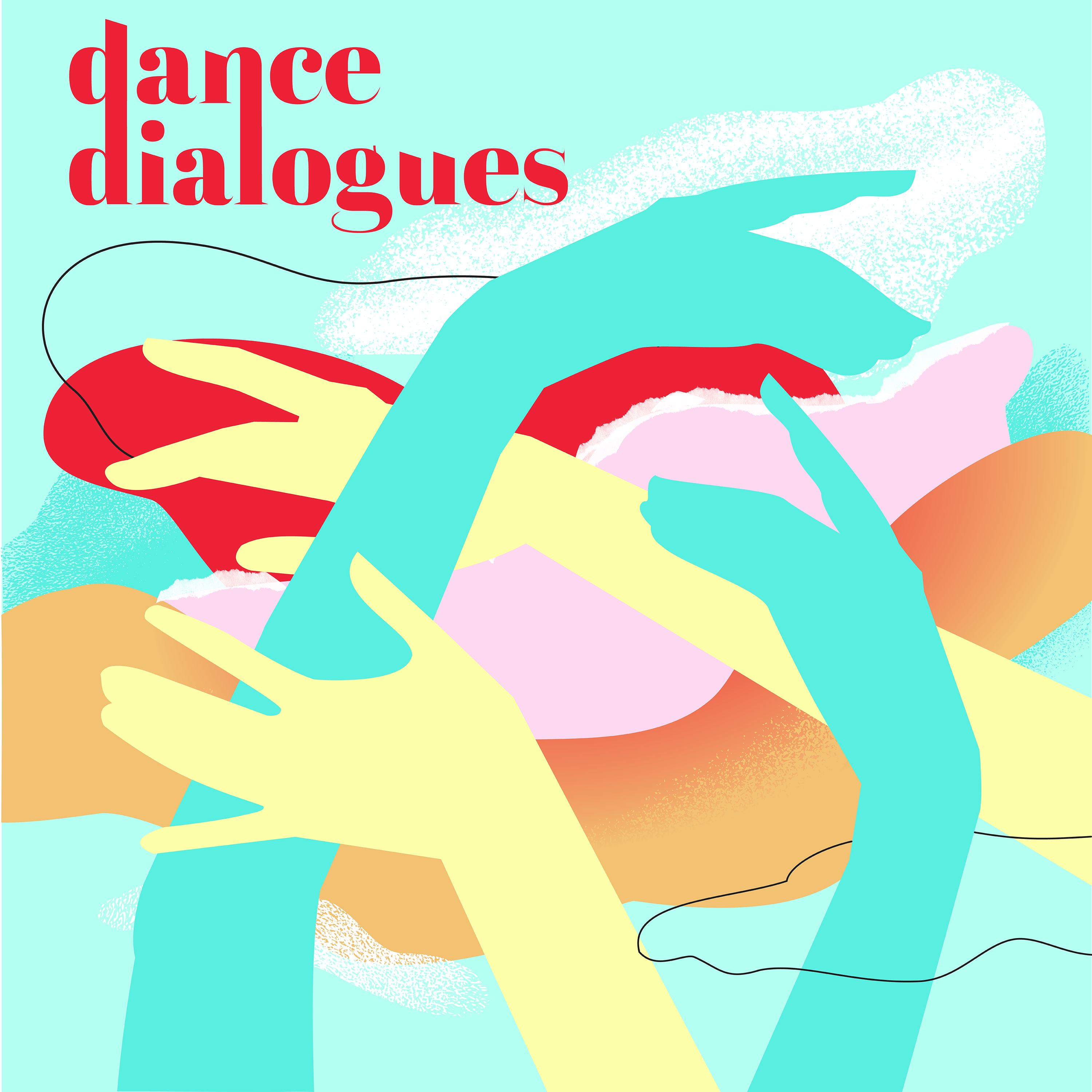Distant Sky
Thirteen dances. Thirteen stages. “13 meditations on death and loss.” Stephanie Lake’s new work, “Skeleton Tree” is about death and loss, and in being about death and loss it is also about love and hope. Someone to farewell, to grieve over, an ache to feel and perhaps to heal. A recognition of presence: I existed; I ended. I live on, hopefully. I am remembered; remember me.
Continue Reading

